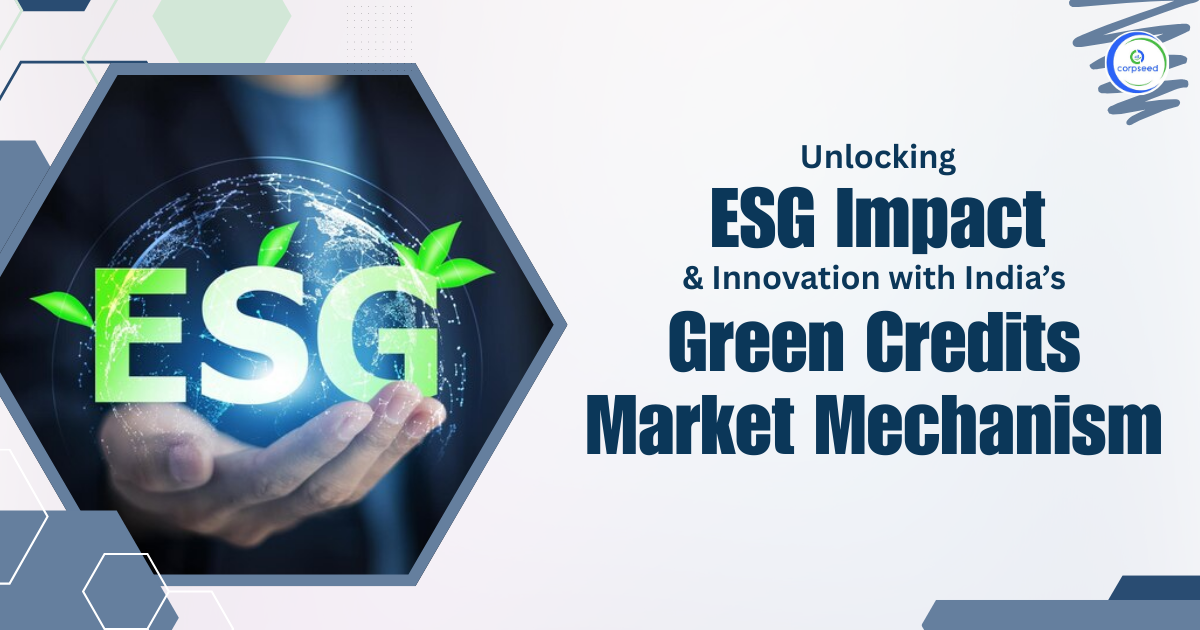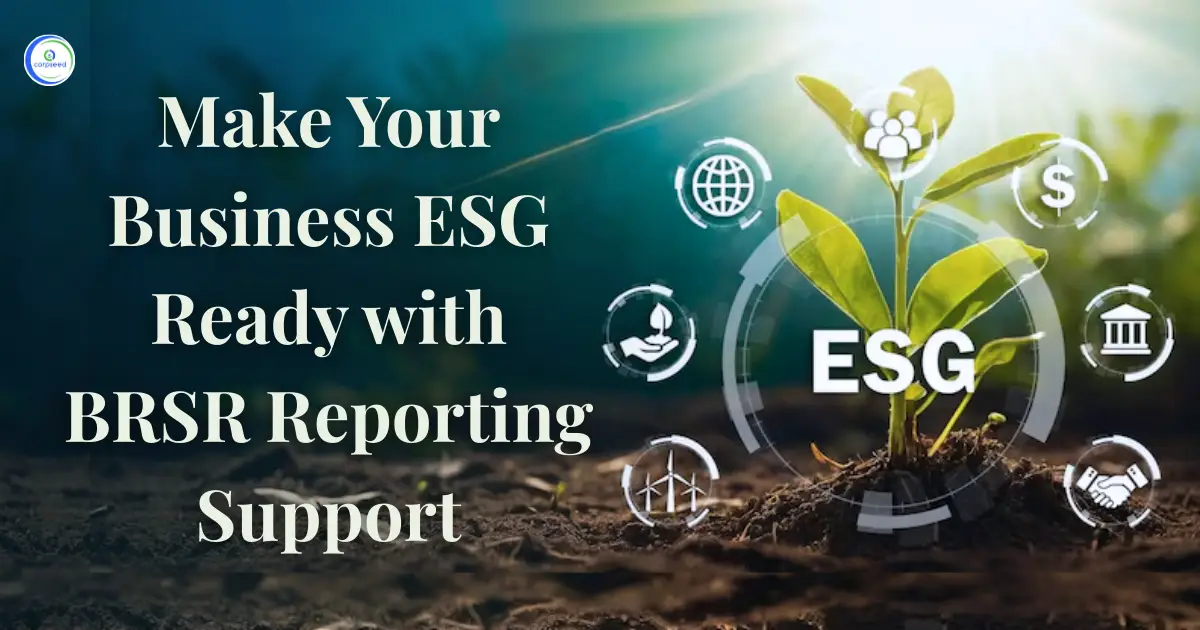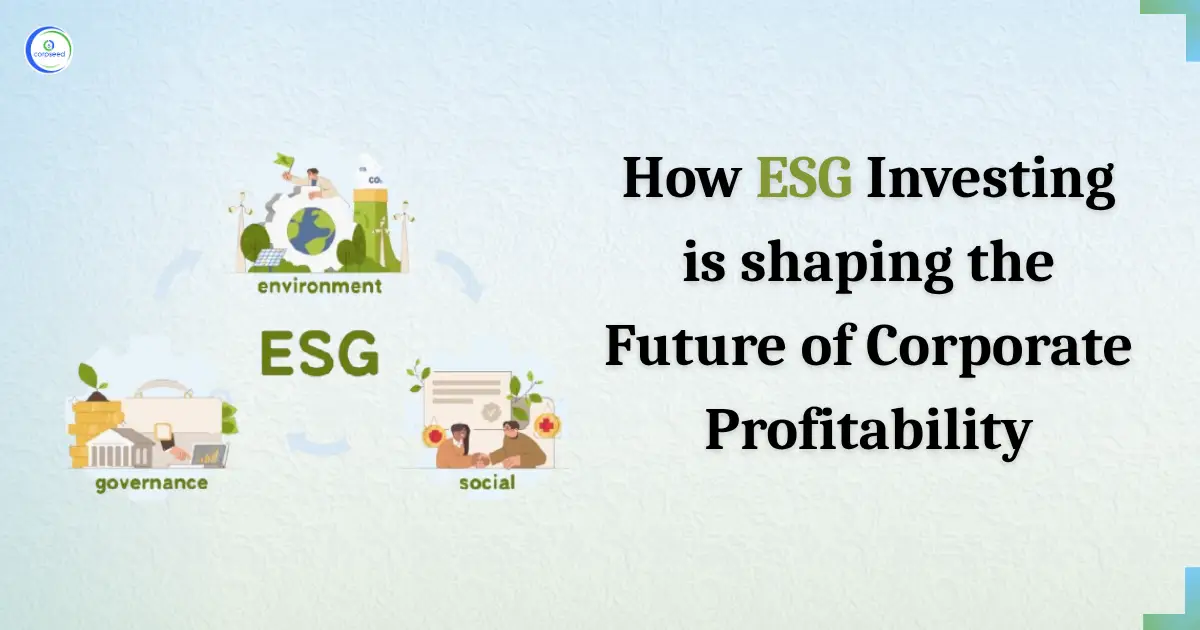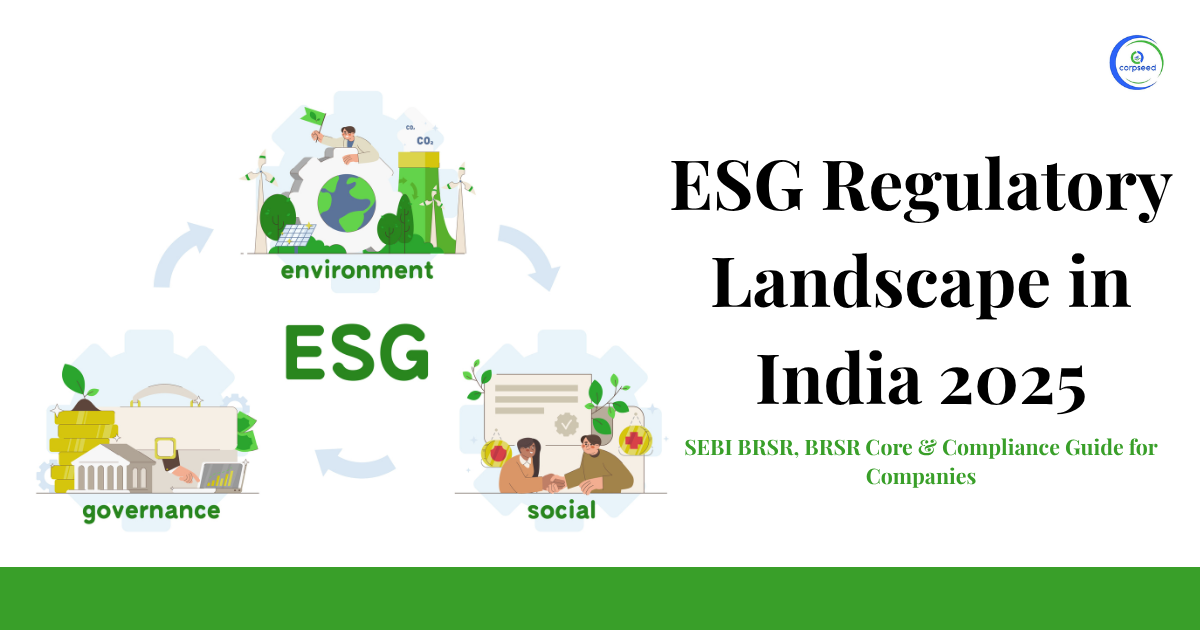In a world where environmental concerns, social responsibility, and governance issues are at the core of global conversations, it is not optional but imperative to have maximum sustainability and ESG impact. Strong ESG is no longer optional but imperative if one is to create significant positive change and enduring impact. Further, stakeholders can create substantial improvement in society, ensuring their long-term success by integrating appropriate measures for sustainability. In this regard, ESG commitment has emerged as one of the biggest strategies that concomitantly bestows ethical and sustainable growth in the present global scenario.
Table of Contents
--------------Blog Contact Form-------------
What is Sustainability and ESG?
Sustainability practices entail the use of resources in a manner that meets present needs without reducing the likelihood that future needs will be met. They hence involve environmental stewardship, social responsibility, and economic viability.
However, ESG refers to certain criteria useful in examining the operation and performance of a firm in terms of environmental responsibility, social impact, and governance practices.
Environmental Factors: They are the influence a firm exerts in the natural world. They include:
- Resource efficiency: Use of resources to cut down energy consumption and waste.
- Climate action: Greenhouse gas emission and adaptation to climate change.
- Biodiversity: The term is associated with eco and wildlife conservation.
Social Factors: Social factors deal with the way a firm accounts for its relationship with its employees, suppliers, customers, and communities. Key Areas Include:
- Labour Practices: Wage fairness, safe working conditions, and equality.
- Community Involvement: How a company supports local communities and assures a positive impact on social issues.
- Customer Products Safety and Policy of Ethical Marketing Practices.
Governance Factors: Governance indicates the structure and process of making decisions and managing a company. The main issues that have to be considered are:
- Ethical Conduct: It is related to transparency and prevention of corruption.
- Board Diversity: Diversity at a Board level, preferably.
- Accountability: Mechanisms of Compliance Oversight.
Core Principles for Maximizing Sustainability and ESG Impact
- Holistic Integration: Sustainability and ESG integration need to be imprinted in each business process to realize the full potential of sustainability and ESG impact. Sustainability would, therefore, come into product development, supply chain management, and marketing strategies, hence form part of the corporate strategy and everyday decision-making to ensure that it is not an isolated initiative but an embedded core component.
- Transparency and Accountability: Transparency shall be very helpful in gaining the trust of stakeholders and showing serious intent about attaining these ESG goals. The organization should issue comprehensive periodic reports on sustainability, disclose metrics on performance, and be transparent with its stakeholders. This would allow valid judgment about the impact of a company and raise accountability.
- Stakeholder Engagement: Stakeholder involvement refers to the active practice of genuinely listening to, and engaging, customers, employees, investors, suppliers, and local communities in decision-making towards sustainability issues. Business sustainability and ESG concern the needs and values of the people that the business affects.
- Innovative Capability and Flexibility: To be able to address new emerging sustainability challenges, companies have to become innovative and be able to adapt to these challenges. It is accomplished by experimenting with new technologies, adopting circular economy principles, and investing in renewable energy. Companies maintain progress toward sustainability goals by staying responsive to new regulations and market demands.
- Long-Term Vision and Commitment: Long-term vision and firm commitment are needed for a significant sustainability and ESG impact. That means setting ambitious targets, making sustainable infrastructure investments, and fostering a culture of value for sustainability. Long-term commitment involves tough decisions and trade-offs that might come at the benefit of greater environmental and social benefits.
- Cross-functional Collaboration: But since ESG affects many facets of a business, it often requires the collaboration of not just one department but many. This way, active cross-functional teams would come together to integrate sustainability practices throughout the enterprise. Collaboration will also be extended to other businesses, NGOs, and government agencies to help solve the complex challenges involved in sustainability.
- Continual Improvement and Learning: Pursuing excellence in sustainability is a journey, not a destination. It has to do with organizations encouraging a culture of continuous improvement and maintaining awareness regarding emerging trends and best practices. Indeed, frequent reflection and refinement of practice in the light of new insight help to keep businesses at the forefront and assure significant, long-lasting progress.
Advanced Strategies for Maximizing ESG Impact through Effective Reporting
- Establish Clear Goals and Metrics: Clearly define achievable goals in the format of SMART: Specific, Measurable, Achievable, Relevant, and Time-bound. A possible example could be reducing carbon emissions by 30% over five years. Key performance indications are part of how progress shall be tracked and success measured over time.
- Integrate ESG into Core Strategy: Align ESG considerations with your business objectives. Board-level commitment is a prerequisite to drive the ESG agenda at all levels of the organization. Furthermore, it ensures that sustainability objectives are aligned with the core strategy for cohesive implementation.
- Green Technologies and Practices: Invest in green technologies and practices that help reduce environmental impact. Transition toward renewable energy sources, including increasing energy efficiency and minimizing wastes by recycling and applying circular economy principles.
- Social Responsibility: Focus on fair labor practices, invest in the community, and foster a work environment that encourages diversity and promotes inclusion to give back effectively to society. Specify fair labor practice, a safe working environment, and involvement with the local community.
- Improve Governance and Transparency: Establish stringent policies that ensure ethical conduct and risk management practices. Besides, enhance transparency by periodic reporting about ESG performance and open communication with stakeholders for trust-building and conflict resolution.
- Leverage ESG Reporting and Standards: Apply ESG reporting frameworks such as the Global Reporting Initiative and the Task Force on Climate-related Financial Disclosures to ensure consistent and comparable reporting, while conforming to global best practices.
- Engender a Culture of Sustainability: Through regular training and engagement in ESG topics, encourage employees to embrace sustainability. Avail employees with opportunities to make meaningful contributions toward sustainability and integrate ESG principles into the culture of the organization
- Engage with ESG Investors: Invest in companies with superior ESG practices, perform due diligence on them, and engage proactively to improve their ESG performance in line with the sustainability objectives.
- Improve Continuously: Update ESG practices based on new research, stakeholder feedback, and emergent trends. Avoid complacency by adopting a mindset of continuous improvement and proactive positioning ahead of regulations and market expectations.
Real-world Examples of Maximizing Sustainability and ESG Impact
But one brand that has truly maximized its sustainability impact is Patagonia. Long committed to environmental stewardship-from using recycled materials to encouraging fair labor practices-the outdoor clothing brand leads the charge in supply chain and environmental impact transparency, and in innovative product design and waste reduction that others can learn from.
Another fine example of companies that have gone a long way in making ESG impact would be Unilever. Through the Unilever Sustainable Living Plan, the company has made sure to set ambitious goals it has on reducing its environmental footprint, improving social impact, and enhancing livelihoods. It is not all about setting targets; the approach the company has taken involves embedding sustainability into its products, supply chains, and business strategies.
Conclusion
Maximizing sustainability and ESG impact requires a comprehensive and proactive approach. By developing a clear ESG strategy, integrating these principles into business operations, leveraging technology, fostering collaboration, and communicating transparently, organizations can drive meaningful change and achieve long-term success. Incorporating sustainability and ESG considerations into business models not only benefits the environment and society, but also improves a company's reputation, resilience, and profitability. As the world continues to grapple with complex challenges, a commitment to sustainability and ESG principles will increasingly define successful and responsible businesses.
Related Blog:
- What Is Sustainability in Business?
- What is Sustainability?
- What is Sustainability? (And Why is it so Important)
- ESG Sustainability Performance Metrics - Its Significance for Investors
- Transforming Sustainability: Exploring ESG Through Blockchain Technology
- How ESG Disclosures Shape the Future of Organizations
- ESG Reporting: ESG reporting and Preparation of a Sustainability Report
- ESG Prediction and Trends For 2024
- Why Your Business Needs ESG Reporting
- What is Environmental, Social and Governance (ESG) Investing?
- Impact on ESG Reporting After CSRD Directives
- ESG Reporting: A Comprehensive Analysis of BRSR Disclosure in India
- What Is Environmental, Social, and Governance (ESG)
This portion of the site is for informational purposes only. The content is not legal advice. The statements and opinions are the expression of author, not corpseed, and have not been evaluated by corpseed for accuracy, completeness, or changes in the law.
BOOK A FREE CONSULTATION
Get help from an experienced legal adviser. Schedule your consultation at a time that works for you and it's absolutely FREE.









